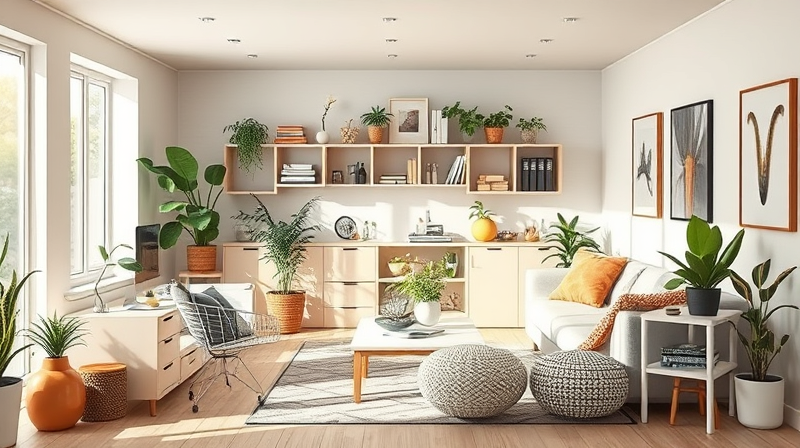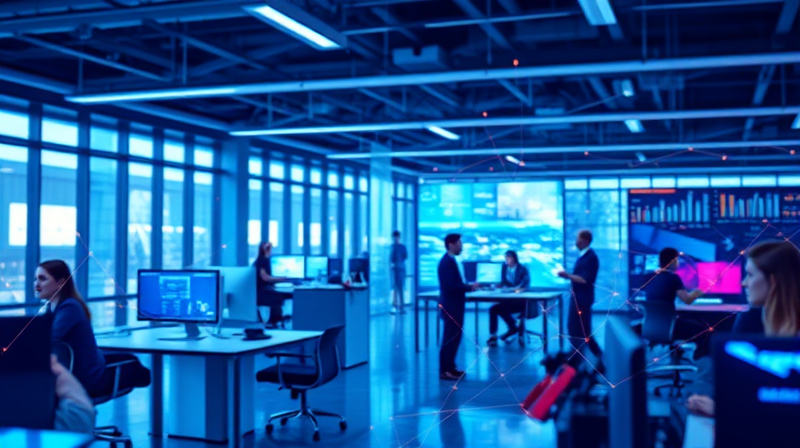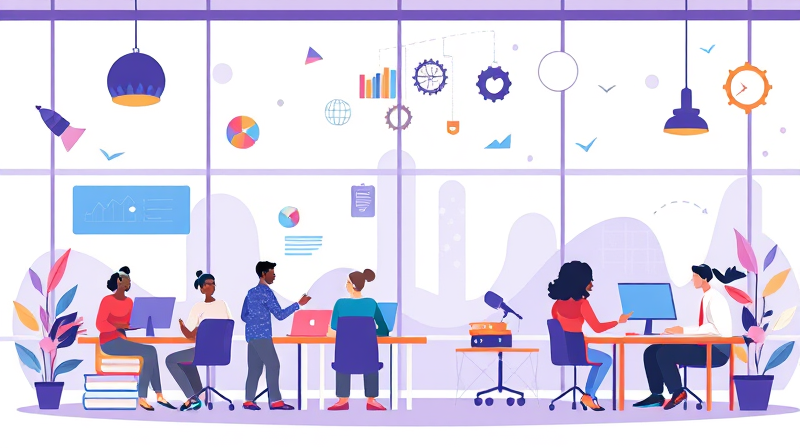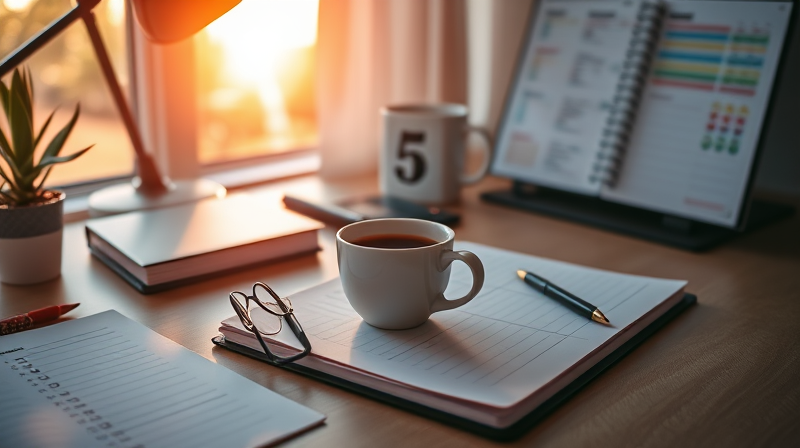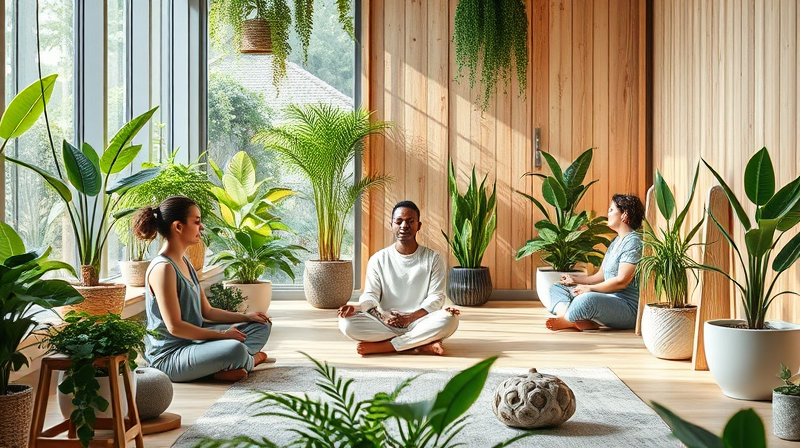In today’s dynamic world, the art of organizing physical spaces has become more than just a trend – it is a reflection of our evolving work culture and lifestyle. The fusion of technology, flexible design, and well-being principles has reshaped how we approach our workspaces and living areas. Efficiency, adaptability, and creativity stand at the forefront of this transformation.
With the rise of hybrid work models and the increasing overlap of professional and personal environments, the need for well-organized spaces has never been greater. As we integrate the latest technological advancements, our surroundings not only boost productivity but also nurture our mental and emotional well-being.
Embracing the Hybrid Workplace
The modern workplace is characterized by its flexibility. Organizations are rapidly shifting from rigid office setups towards environments that encourage collaboration and innovation. One of the key trends is the advent of hybrid and flexible workspaces, where employees have the freedom to choose between remote work and on-site collaboration.
Companies are now designing offices that depart from traditional cubicles by implementing modern features such as hot-desking, breakout zones, and dedicated areas for virtual meetings. Such spaces embody the primary goals of enhancing communication and fostering creativity while ensuring that every individual feels both comfortable and productive.
- Hot-Desking Stations: These stations encourage spontaneity and provide a fresh environment each day as employees choose their work niche.
- Breakout Rooms: These spaces promote informal brainstorming sessions and quick discussions, crucial for team synergy.
- Technology-Enabled Meeting Areas: Hybrid meeting zones are designed with the latest communication tools, making it simple for remote collaborators to join in effortlessly.
The integration of these elements creates a vibrant work culture that not only values productivity but also emphasizes the importance of human interaction and well-being. By breaking away from static environments, organizations can stimulate innovation and drive success.
Integrating Technology and Nature
One of the most exciting aspects of modern organization is the seamless incorporation of technology with natural elements. Smart design goes beyond aesthetics – it is about functionality that promotes comfort and enhances efficiency.
Today’s offices feature advanced technology that simplifies daily tasks while keeping data secure. Technologies such as enhanced endpoint security and unified digital management systems ensure that the balance between efficiency and privacy is meticulously maintained.
Moreover, a biophilic design approach has become a staple in the creation of both workspaces and living areas. By integrating natural elements such as indoor plants, natural lighting, and organic textures, spaces become more than just functional areas – they transform into soothing retreats that inspire calm and joy.
- Technology Integration: Tools and systems that empower teams to work from anywhere without compromising security.
- Natural Elements: Indoor greenery and natural light channels add warmth and vitality to high-tech environments.
- Modular Design: Adaptable furniture and mobile partitions that allow for seamless reconfiguration of spaces as needs evolve.
By merging modern technology with the organic elements of nature, both workspaces and living areas support a balance between productivity and well-being. This thoughtful design not only alleviates stress but also inspires a sense of connection to our surroundings.
Optimizing Living Areas for Multifunctional Use
As the line between personal and professional life blurs, the organization of living spaces has adapted to accommodate multifunctional demands. Many individuals now use their homes as work environments, requiring strategic planning that optimizes every inch of space.
Key strategies include the use of multifunctional furniture that can serve dual purposes. For example, investing in a desk with built-in storage or a sofa that transforms into a bed can significantly enhance space utilization. This approach not only saves space but also promotes a clutter-free environment.
Implementing designated zones within a single space can dramatically improve clarity and focus. By visually separating work areas from relaxation spaces using room dividers or creative shelving, one can create distinct atmospheres conducive to both productivity and rest.
An organized living area becomes the foundation of a well-balanced life, allowing for a seamless transition between work responsibilities and personal relaxation. Minimalist storage solutions, such as wall-mounted shelves and concealed cabinets, help maintain a tidy living space that clears the mind and invigorates the spirit.
The Human Touch in Designing Functional Spaces
At the core of efficient space organization is the commitment to human comfort and well-being. Both workplaces and homes must be more than just visually appealing – they should foster an environment where individuals can thrive.
Providing ergonomic seating and versatile workstations significantly reduces physical stress and fatigue, while customizable environments empower users to tailor spaces to their unique needs. Comfort and functionality go hand in hand in creating spaces that are truly inspiring.
Incorporating elements that encourage movement and natural light further translates into tangible benefits. Regular movement, enabled by adaptable spaces and thoughtfully-placed furniture, supports physical health, while ample natural light can improve mood and boost overall productivity.
This emphasis on the human element highlights the need to balance efficiency with comfort. Whether in a bustling office or a calm living room, every detail matters in crafting an environment that nurtures individual creativity and collective collaboration.
The evolution of our work and living environments in 2025 stands as a testament to our adaptability and innovative spirit. By embracing technological advances, natural design, and multifunctional strategies, we have the power to transform our surroundings into vibrant reflections of our lifestyles and ambitions.
In summary, the journey to achieving an efficient and inspiring space is a continuous process of reimagining and refining our environments. Every element, from smart design to ergonomic functionality, plays a role in creating a sanctuary where productivity and comfort coexist harmoniously.

